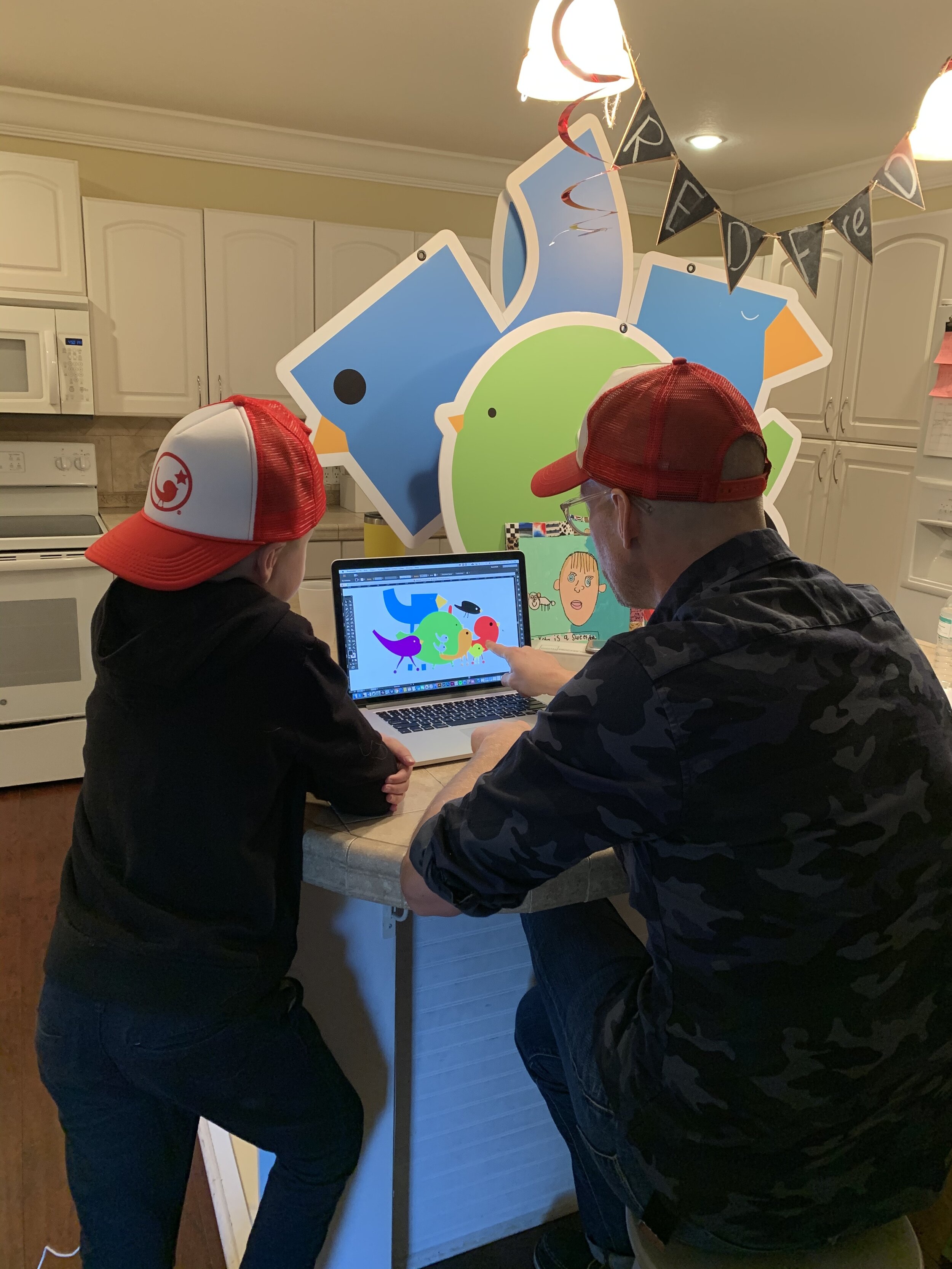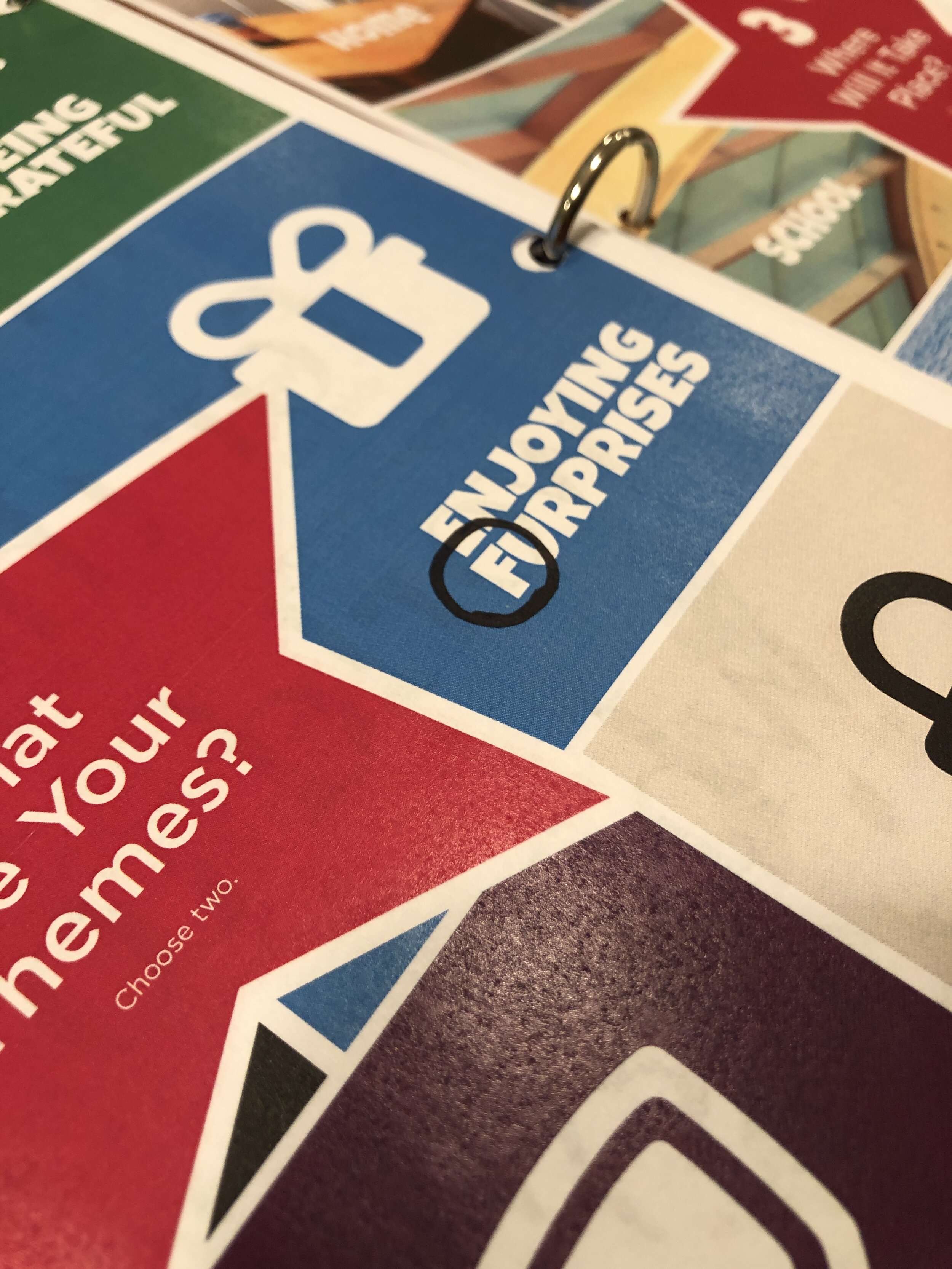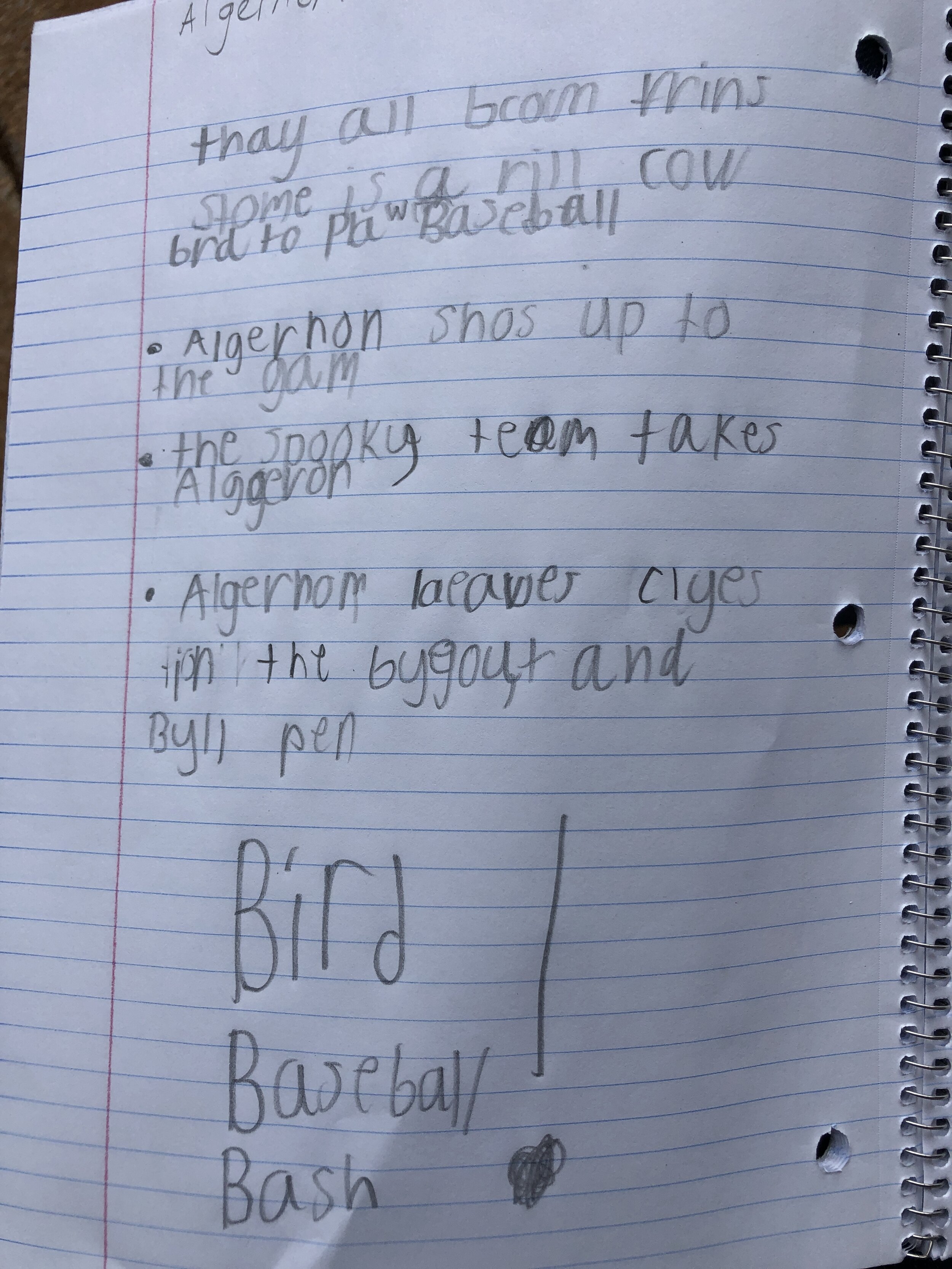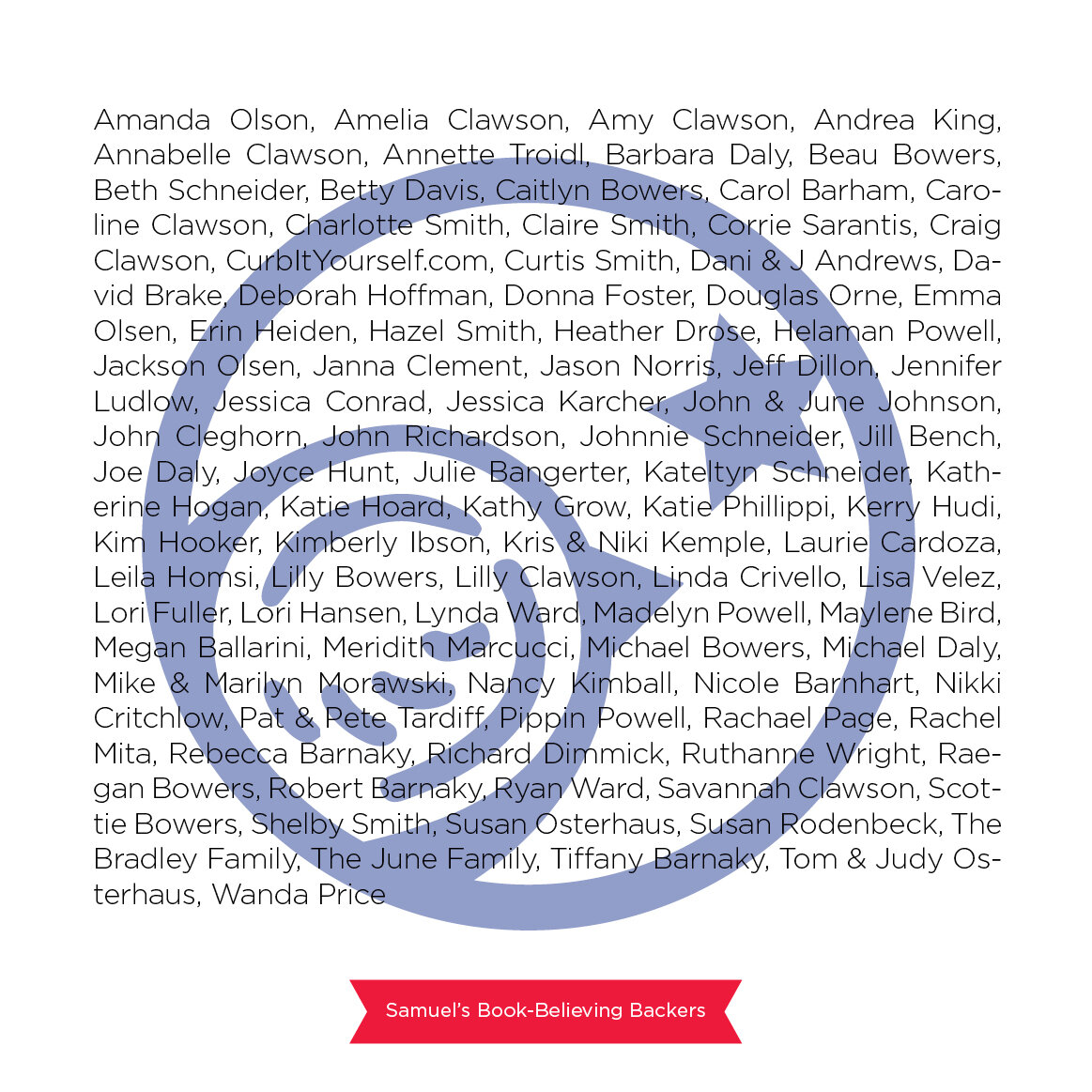Watch this local news segment on Samuel’s story.
Samuel Olsen
Extraordinary Circumstance: Mucolipidosis III
Book: The Big Game
Words by Dallas Graham
Design & Illustration by Dallas Graham
Photography by Dallas Graham
Edited by Jeri Larsen
Samuel Olsen is a 10–year–old boy who loves baseball, flag football, learning about the weather and science, and playing video games. Samuel has played baseball since he was five (shortstop and catcher) and has played two seasons of flag football. Not only does Samuel love playing these two sports, he is also passionate about college football, NFL football, and learning all of the teams players and stats. In November of 2019, Samuel was diagnosed with Mucolipidosis III, a very rare Lysosomal Storage Disorder that affects the way his body breaks down sugar. This disease occurs in 1:300,000–1:1,000,000 people and has no treatment or cure. Due to this disease, Samuel has severe joint contractures that slowly but progressively get worse. Also, Samuel was diagnosed with Dyslexia at the age of 6. Despite being diagnosed with a rare disease and dyslexia, Samuel has an extremely positive outlook on life. Samuel is wise beyond his years and reminds us of an old soul. Because of what Samuel goes through, he sets out to be a kind person to all he meets and is very sympathetic to others needs. Samuel is a true joy!
Samuel's Book-Funding Chart
Browse images from his workshops.
Read (see/check out a few pages of) his book.
(“In-progress” means all images and words featured—and even some not featured—are subject to change. )
COPYRIGHT © 2020 BY DALLAS GRAHAM. ALL RIGHTS RESERVED. NO PART OF THIS BOOK MAY BE REPRODUCED IN ANY FORM BY ANY ELECTRONIC OR MECHANICAL MEANS INCLUDING PHOTOCOPYING, RECORDING, OR INFORMATION STORAGE AND RETRIEVAL WITHOUT PERMISSION IN WRITING FROM THE COPYRIGHT HOLDER.
learn about
Mucolipidosis III (Pseudo-Hurler Syndrome Alpha-Beta)
ML III is a genetic disorder, which means people are born with it. It’s a rare form of lysosomal storage disease. Basically, the lysosomes are little sacs inside cells that help the cell get rid of waste. When they don’t work properly, it can make a person sick.
Mucolipidosis III (ML III) is also called pseudo-Hurler polydystrophy or pseudo-Hurler syndrome alpha-beta. As you might guess from some of the names of ML III, this disorder causes symptoms that are a lot like another genetic disease called Hurler syndrome. Usually ML III symptoms aren’t as severe, and don’t show up until the patient is three to five years of age. ML III can cause thickened skin, developmental delays, heart valve problems, intellectual disability, joint pain and stiffness, respiratory infections, and osteoporosis.
These symptoms are not experienced by all patients, and people with ML III can have very different experiences. In the most serious cases, patients may not survive past childhood, but others live well into their sixties.
Right now, there aren’t any therapies that are approved specifically for treating ML III. Instead, treatment is mostly geared towards preventing symptoms or making them easier to live with. People with ML III might need assistance with mobility (like crutches or scooters), hydrotherapy (treatments involving water) for stiff joints, and surgery to correct heart valve defects.
Looking to learn more about mucolipidosis III? Some of these sources can help:
https://www.ismrd.org/glycoprotein- diseases/mucolipidosis-alpha-beta/ml-iii-alpha-beta-pseudo-hurler-polydystrophy/
https://mpssociety.org/cms/wp-content/uploads/2017/04/ML_II_and_III_Booklet-1.pdf
RED FRED PROJECT WOULD LIKE TO THANK OUR FRIENDS AT PATIENT WORTHY FOR THEIR RESEARCH AND PARTICIPATION IN SHARING THIS VERY IMPORTANT INFORMATION, REGARDING THIS EXTRAORDINARY CIRCUMSTANCE. YOU CAN LEARN MORE ABOUT THEIR WORK AT PATIENTWORTHY.COM.














































